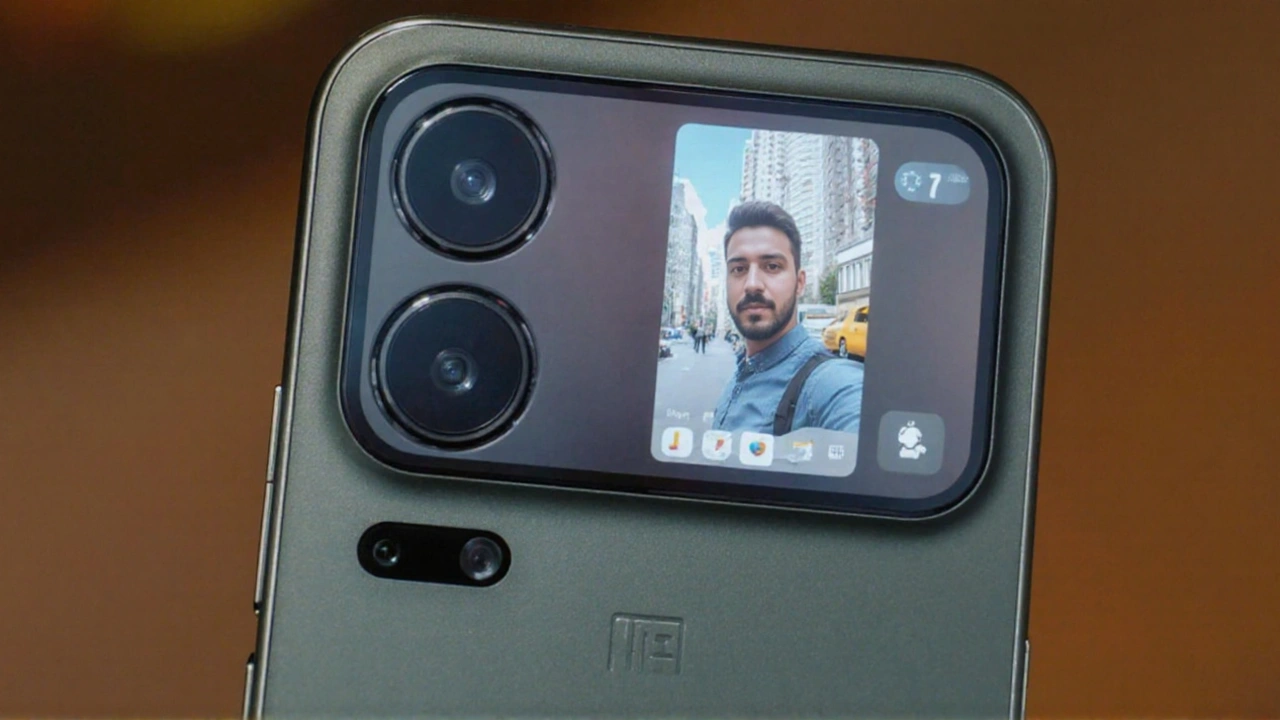Periscope Camera: What It Is and How It Works
If you’ve ever looked at a phone spec sheet and seen "periscope camera," you probably wondered if it’s a spy gadget. It’s not. A periscope camera is a clever way to fit a long‑range lens into a thin phone. Instead of pointing straight out, the lens is placed sideways and uses a prism or mirror to bend the light 90 degrees. This lets the lens travel lengthwise inside the phone’s body, giving you true optical zoom without a bulky bump.
The main advantage over digital zoom is that optical zoom actually changes the focal length of the lens, keeping details sharp. Digital zoom just crops the image and stretches pixels, so you lose clarity. With a periscope setup, a 5× or even 10× optical zoom becomes possible in a device that’s still pocket‑friendly.
Why Phones Use Periscope Lenses
Traditional phone cameras sit on the back surface and can only move a few millimetres backward. That limits how much glass you can stack, which in turn caps optical zoom. By turning the lens sideways, manufacturers create a longer optical path without making the phone thicker. The prism reflects the incoming light up the side of the phone, where a series of lens elements compress the image onto the sensor.
Most flagship phones now include a periscope module alongside a regular wide‑angle lens. The periscope lens usually has a narrower field of view, so it’s great for subjects that are far away—sports events, wildlife, or cityscapes. Because the lens is fixed, you won’t get the same low‑light performance as the wide lens, but the trade‑off is worth it for the extra reach.
Tips to Get the Best Shots with a Periscope Camera
1. Steady your hand. Even though the lens is optical, any shake shows up as blur, especially at high zoom. Use both hands, brace your elbows, or lean against something stable.
2. Tap to focus. The phone’s autofocus can hunt when you’re zoomed in. Tap the subject on the screen to lock focus before you shoot.
3. Watch the lighting. Periscope lenses often have smaller apertures, meaning they need more light. Shoot in bright conditions or enable the phone’s night mode if it’s available.
4. Don’t rely on digital zoom. If you need more than the optical range, try moving closer or cropping later on a computer. Digital zoom adds noise and reduces detail.
5. Use a tripod or a gimbal. For serious zoom work—like capturing a distant concert stage—a small tripod can make a huge difference.
Understanding how a periscope camera works helps you set realistic expectations. It won’t replace a dedicated telephoto lens for professional work, but it gives everyday users a powerful tool that was impossible just a few years ago. The next time you see a phone bragging about a 10× periscope zoom, you’ll know it’s thanks to a prism‑bent lens travelling sideways inside the chip.
Overall, the periscope camera is a smart engineering solution that balances thin design with real optical power. Keep these practical tips in mind, and you’ll capture clearer, more detailed photos without needing a separate camera bag.

